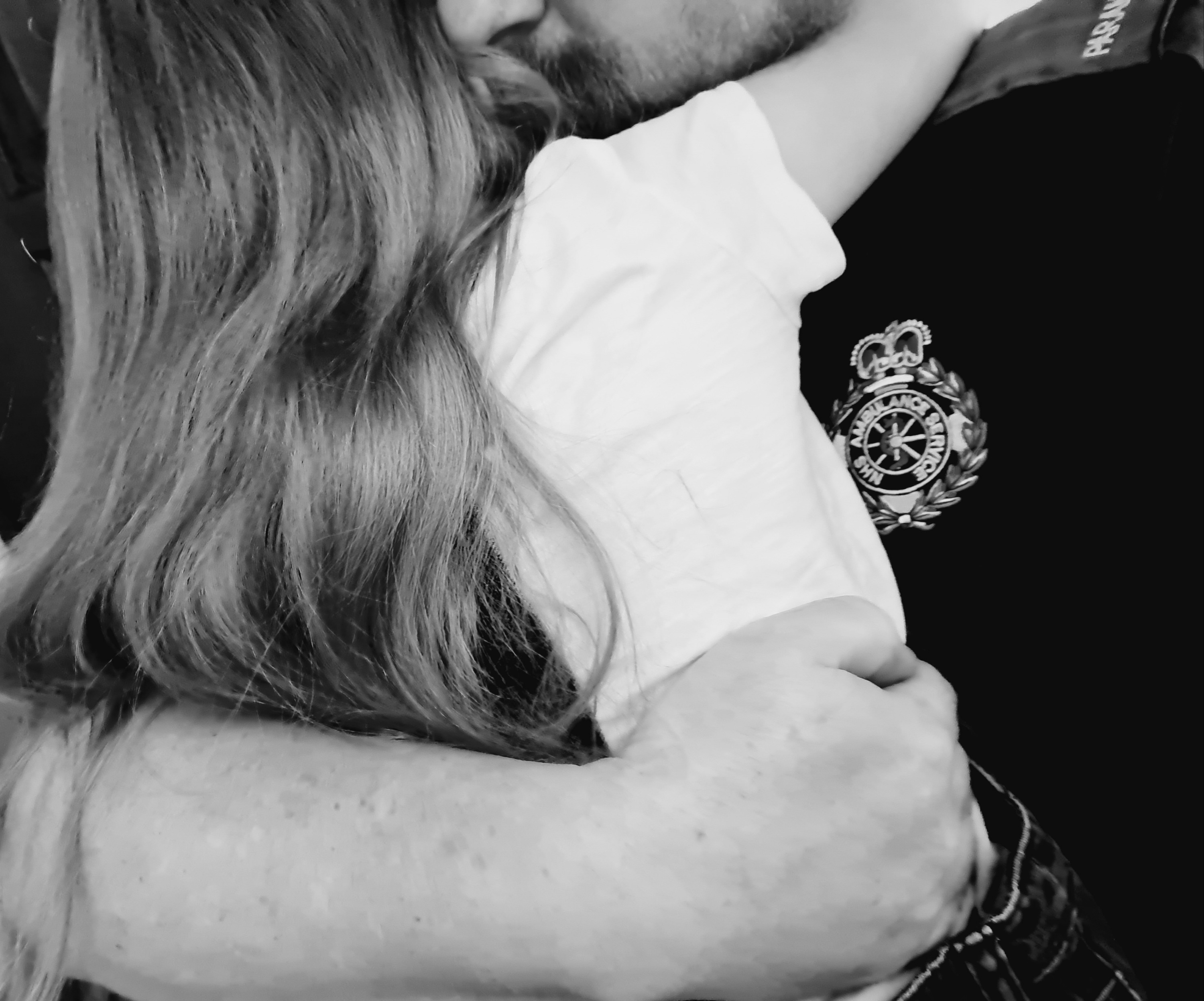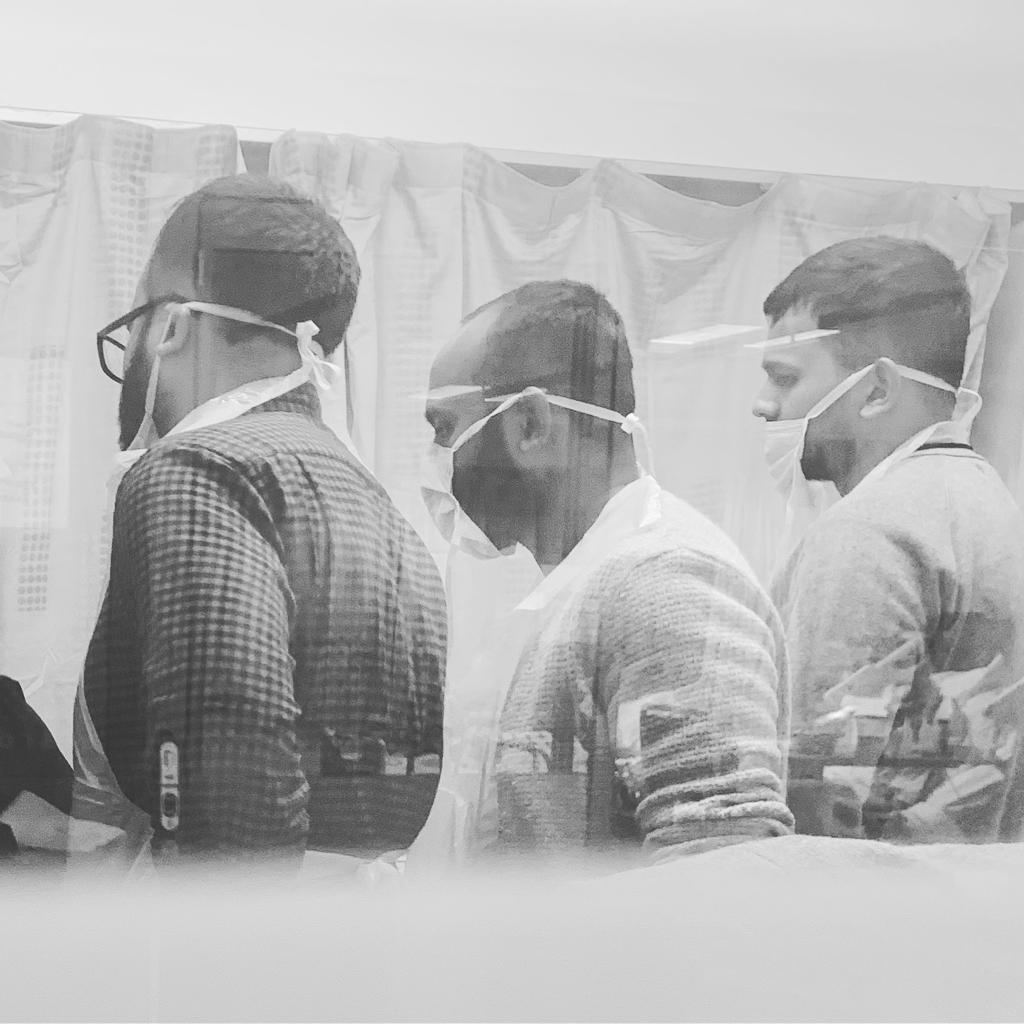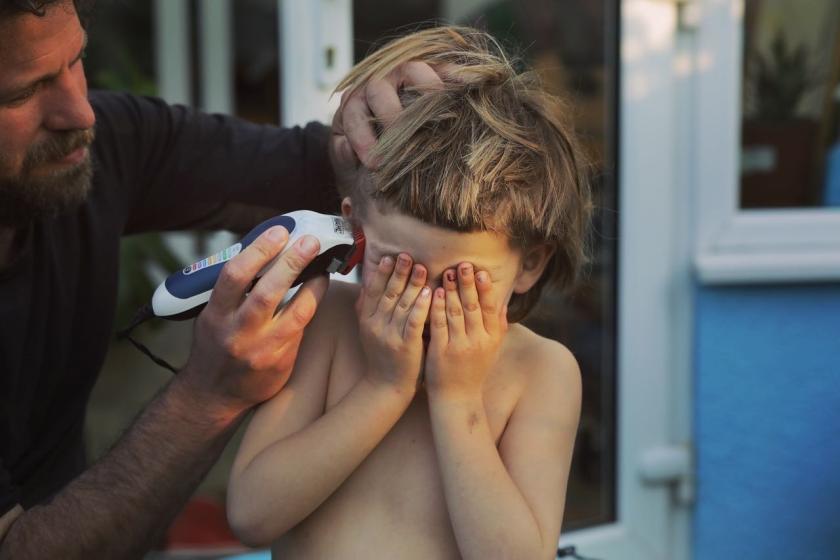A digital exhibition for digital times – and just right: as a reproductive medium, photographs can work brilliantly when reproduced again. Currently closed for a major redevelopment, the National Portrait Gallery asked members of the public to send their photographs of life in lockdown to be chosen for a curated exhibition, a glimpse into life in these perplexing times. The response was overwhelming – over 31,000 from which 100 have been chosen. Choosing 100 – so that the exhibition itself would not be overwhelming and confusing – must have been an awesome task.
The notion evidently was suggested by the Duchess of Cambridge, the NPG’s active patron who herself studied art history, and the panel included not only the director of the NPG, Nicholas Cullinan, but a professional photographer, Maryam Wahid, the writer and broadcaster Lemn Sissay, and the chief nursing officer Ruth May – a neat mix of backgrounds, professions, and ages. The themes were broad: Helpers and Heroes; Your New Normal; Acts of Kindness, and the photographs which came in were accompanied by explanatory captions from their creators. The refinement of the chosen images mitigates any sentimentality but they are more overtly emotional than most photographic anthologies.
Be Safe Daddy (pictured below, by Ceri A. Edwards) shows us just a fragment of a man’s face. He is identified by his uniform badge as a member of the ambulance service, embracing his young daughter, Poppy, her back towards the viewer, her long hair swinging over her father’s arm which holds her securely. Layers of emotion, in one sharp image: the black and white photograph increasing the intensity between the child’s white T shirt and her father’s dark uniform. In Grandma + Grandad = Love a masked man pushes a splendidly behatted lady in her wheelchair down a suburban street, her granddaughter on her lap. We witness another kind of couple as a care worker, with mask and visor, and wearing gloves, touches the shoulder of an old man sitting on a bed. In Shielding Mila a young girl, her hair lost through chemotherapy, looks through a ground floor window, out to the street, her hand on the glass. Looking in from the outside is her beaming father. This is What Broken Looks Like shows us a handsome young woman in a room filled with medical supplies; the red marks all over her face are indentations caused by the protective coverings she has just taken off.
In Grandma + Grandad = Love a masked man pushes a splendidly behatted lady in her wheelchair down a suburban street, her granddaughter on her lap. We witness another kind of couple as a care worker, with mask and visor, and wearing gloves, touches the shoulder of an old man sitting on a bed. In Shielding Mila a young girl, her hair lost through chemotherapy, looks through a ground floor window, out to the street, her hand on the glass. Looking in from the outside is her beaming father. This is What Broken Looks Like shows us a handsome young woman in a room filled with medical supplies; the red marks all over her face are indentations caused by the protective coverings she has just taken off.
Home Hair (main picture) is comically obvious; the child winces hiding her eyes as the father razor in hand is doing his best, however inadequate, to rise to the domestic occasion as the family hairdresser. Meanwhile back at the supermarket, a totally exhausted young man in a Tesco uniform, almost asleep as he slumps exhausted, is shown under the title Just One More Night Shift.
On a spring evening, a nonagenarian couple, the wife in slippers, are outside their modest semi detached , touching hands: clapping for the NHS. A masked mother in a hospital bed kisses her new-born, still bloody from the birth, through a plastic sheet. A young man watches a funeral taking place in an empty church through his laptop. A mother and a child sit relaxed in the sunlight on a cramped outdoor balcony festooned with laundry. People greet each other through windows; children are schooled at the kitchen table; a child makes a drawing of her grandmother to sit next to her; another grandmother appears on a laptop to read a story at bedtime; a woman wearing a jaunty party hat has a lockdown chat on her computer with her family for her 100th birthday alone in her armchair in her sitting from. Clicking on each image gives us the narrative for both subject and photographer. It is a portrait of a nation, and not all is comical or even hopeful. One self-portrait shows a woman with tears coursing down her face: she has had to shield, as she has leukaemia, and has lost everything she has been working for in her optimistic dealing with her situation where she had started to retrain – a sad irony – as a pharmacy dispenser.
Clicking on each image gives us the narrative for both subject and photographer. It is a portrait of a nation, and not all is comical or even hopeful. One self-portrait shows a woman with tears coursing down her face: she has had to shield, as she has leukaemia, and has lost everything she has been working for in her optimistic dealing with her situation where she had started to retrain – a sad irony – as a pharmacy dispenser.
In Heartbroken (pictured above right), three adult masked brothers are silhouetted against a plastic curtain, in hospital, just after their father had died after two weeks with the virus.
And a mother has taken a portrait of her daughter; they are both living in a refuge, victims of domestic abuse, and her daughter because of lockdown has lost school, pets, friends, and yet has found an extraordinary inner resilience. And the portrait shows her through sitting on a window sill, glimpsed through a gauzy curtain, playing with her toys, silhouetted against a tree outside in full summer foliage. It is titled by the anonymous mother Loss of Lifestyle not of Life. As we the visitors wander through such telling snapshots of other people’s lives - isolation, work, connections, families, celebrations, births and the dying – perhaps our own lockdown eases a little and our understanding of the extraordinary social, financial and emotional ramifications of these unprecedented months increases. Every photograph is telling: both a window and a mirror.
Perhaps that is the message if such there be. And that cliché is so true: a picture is worth a thousand words, although, yes, the captions are a help. When events permit, Hold Still will be toured in real time and space around the country.
The only omission to this highly individual and touching kaleidoscope of human life in pandemic time is oddly no pets; we have been told all the time that pets of all kinds are top of the pops, but here they are invisible. Not a puppy or kitten to be seen, all in hiding.
- Explore the exhibition at www.npg.org.uk/holdstill
- More visual arts reviews on theartsdesk










![SEX MONEY RACE RELIGION [2016] by Gilbert and George. Installation shot of Gilbert & George 21ST CENTURY PICTURES Hayward Gallery](/sites/default/files/styles/thumbnail_125_x_125_/public/mastimages/Gilbert%20%26%20George_%2021ST%20CENTURY%20PICTURES.%20SEX%20MONEY%20RACE%20RELIGION%20%5B2016%5D.%20Photo_%20Mark%20Blower.%20Courtesy%20of%20the%20Gilbert%20%26%20George%20and%20the%20Hayward%20Gallery._0.jpg?itok=3oW-Y84i)




Add comment